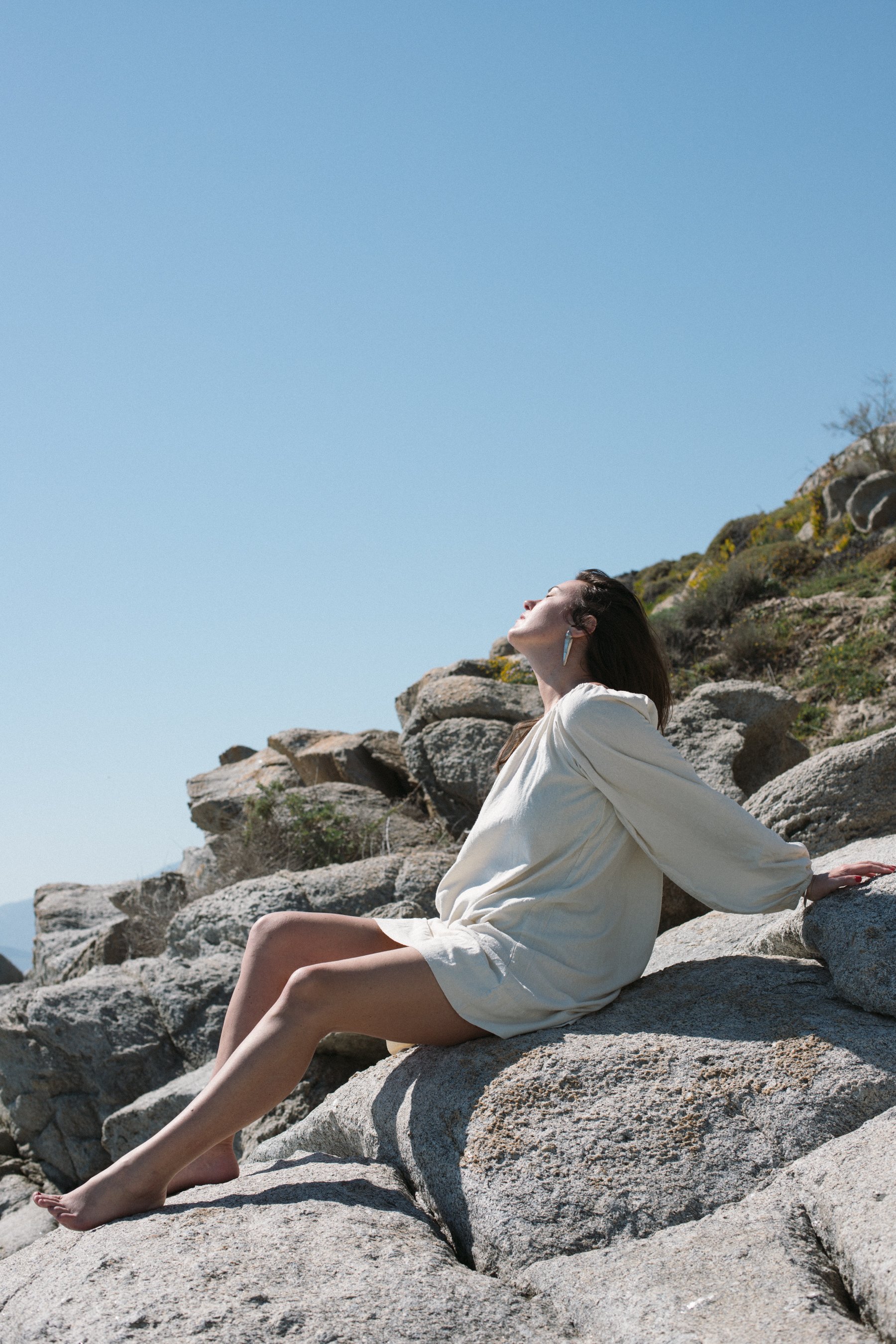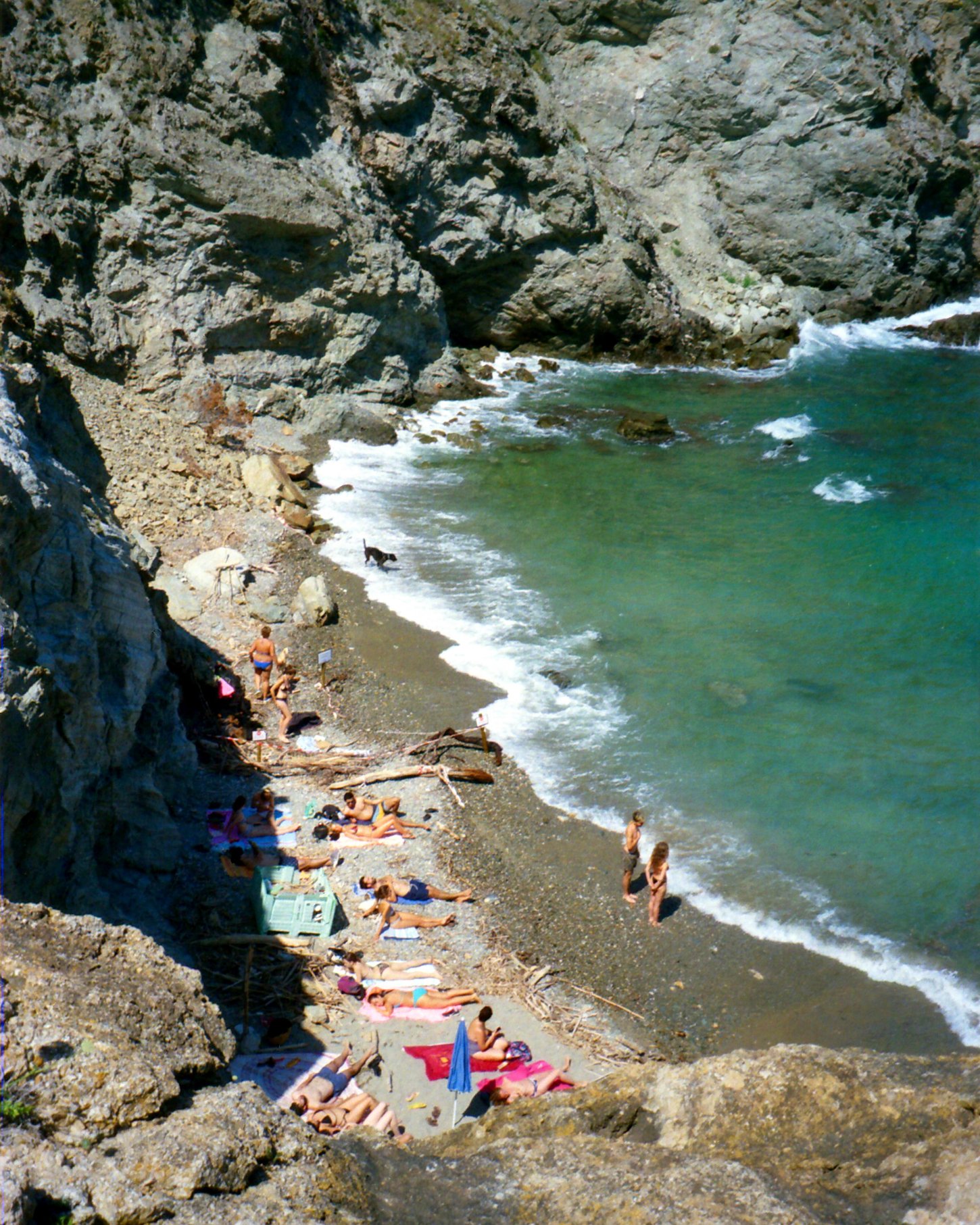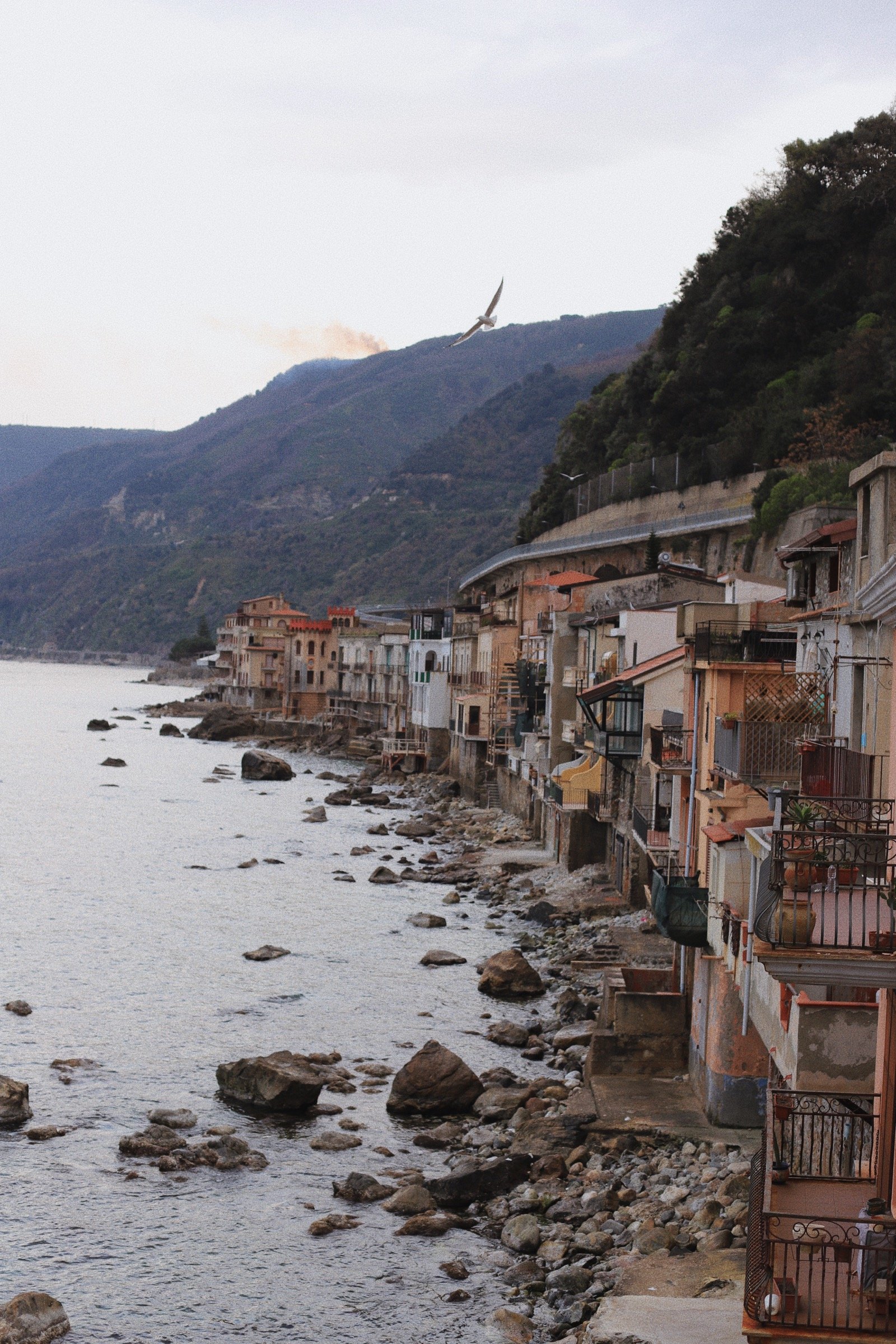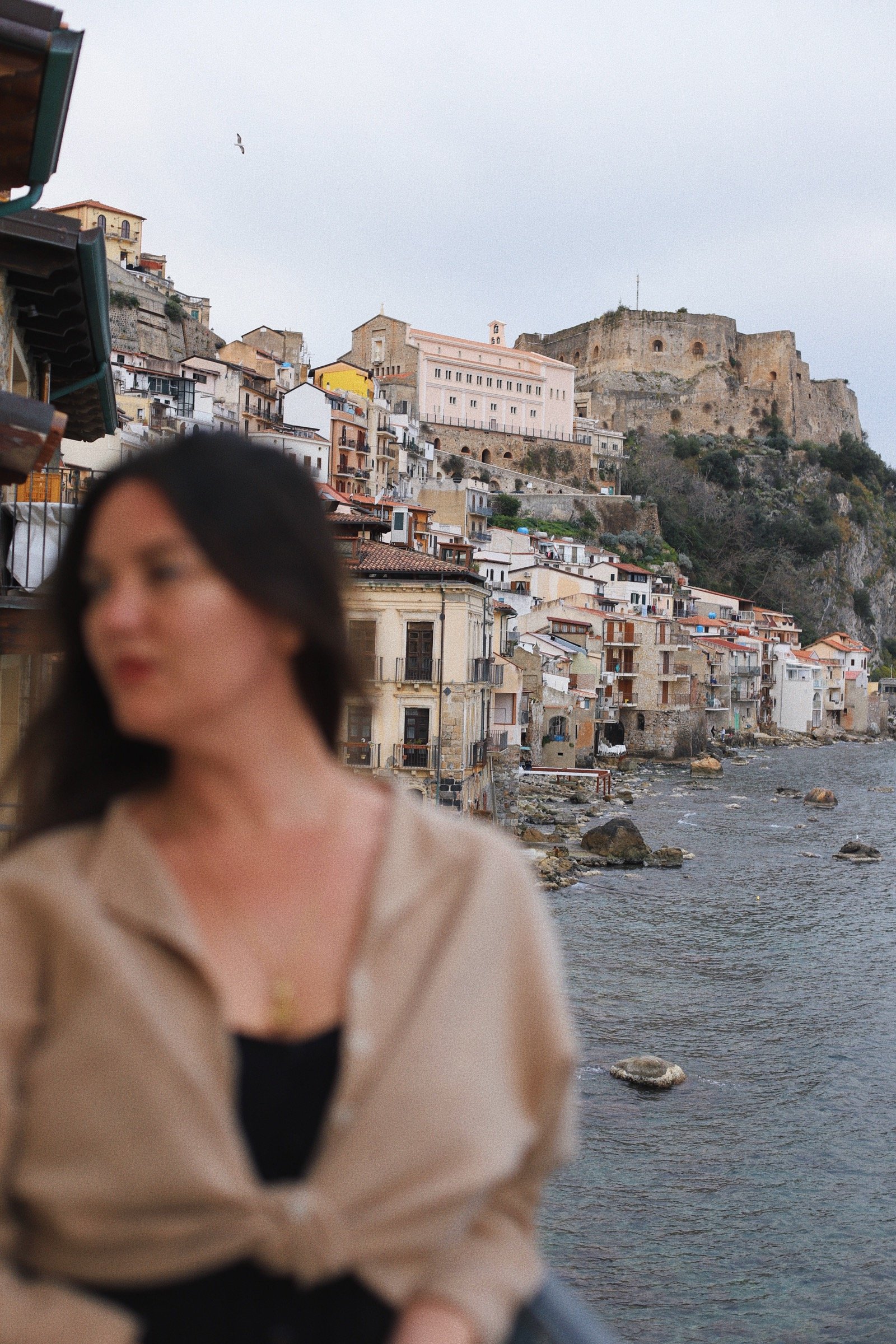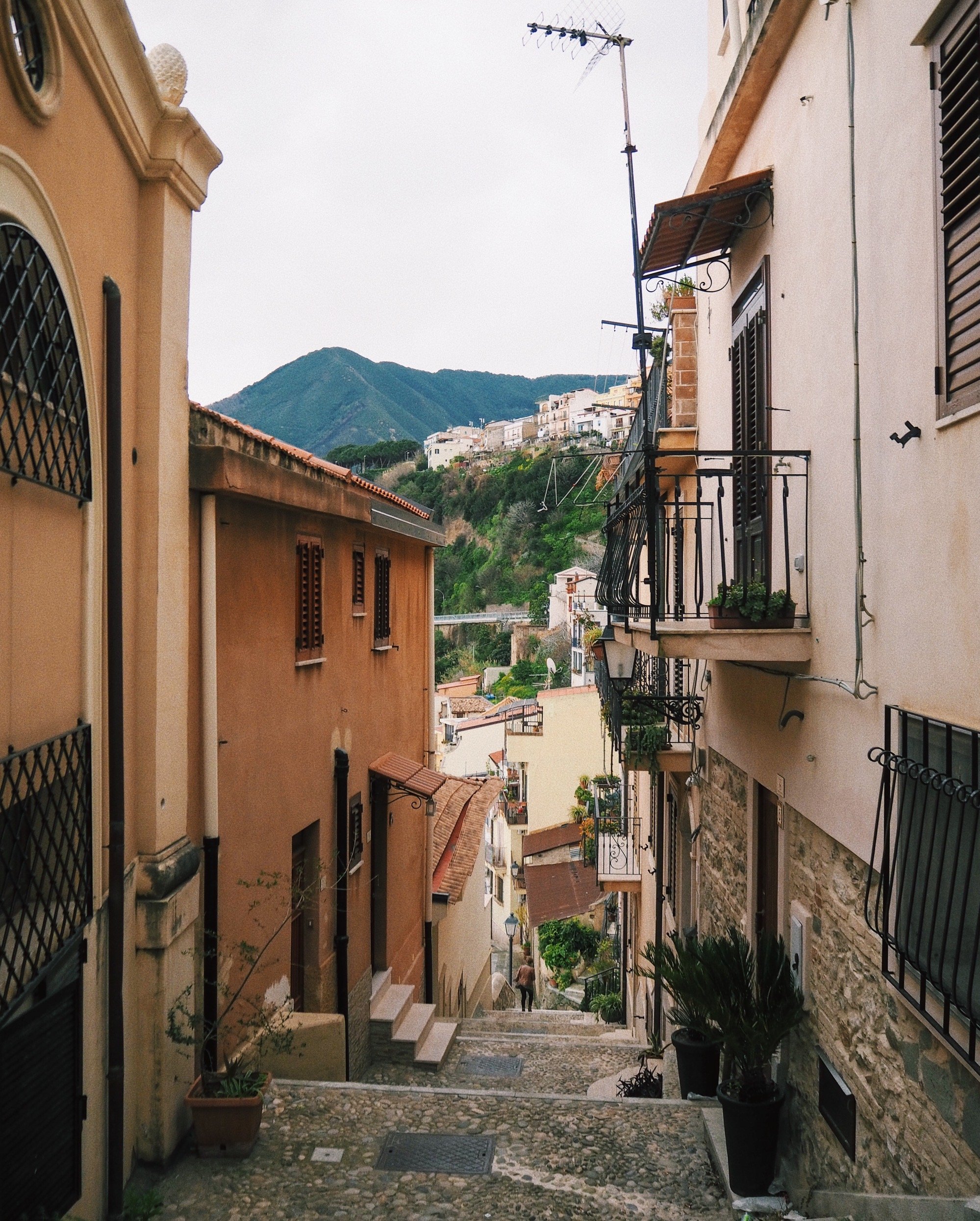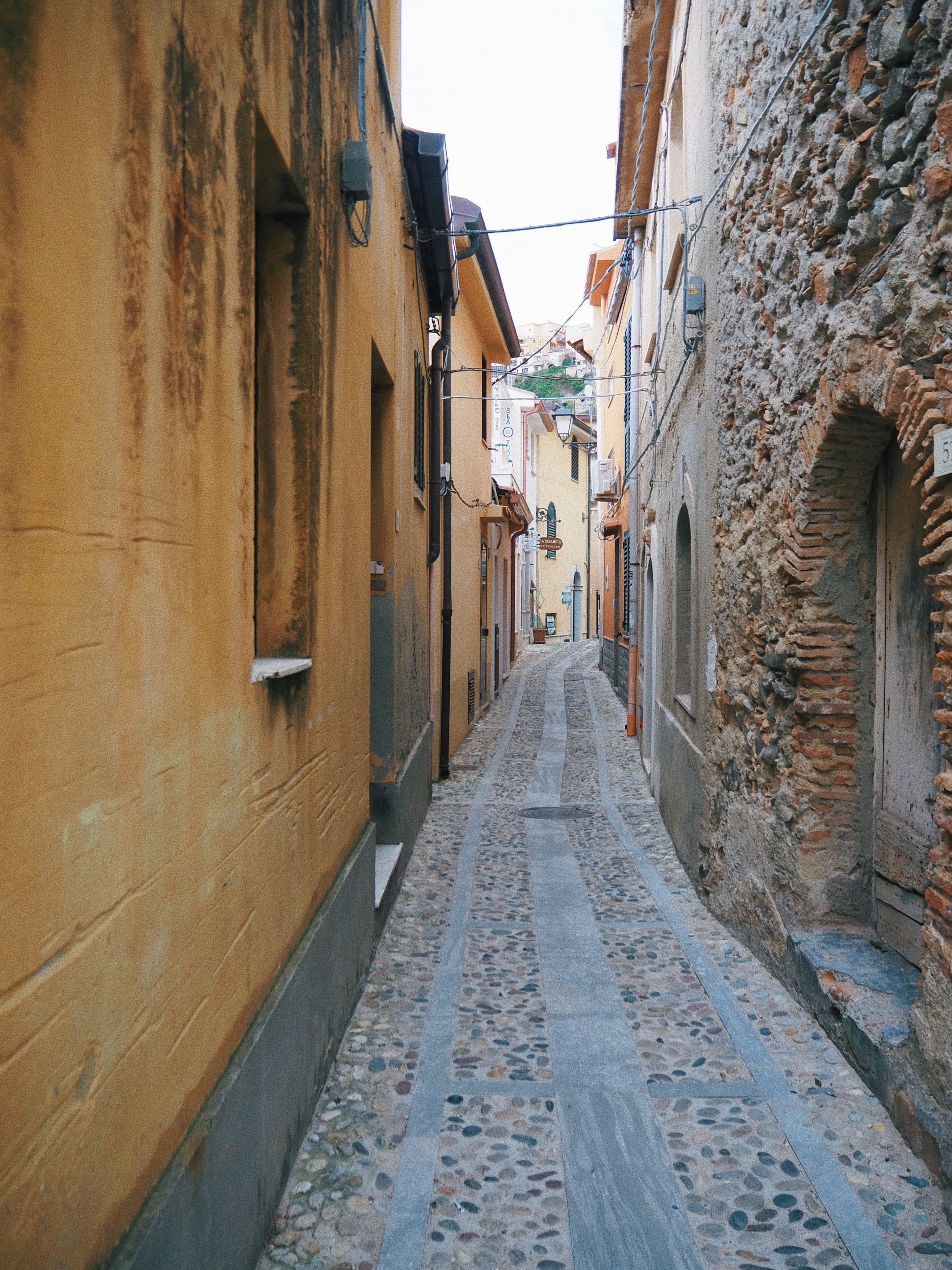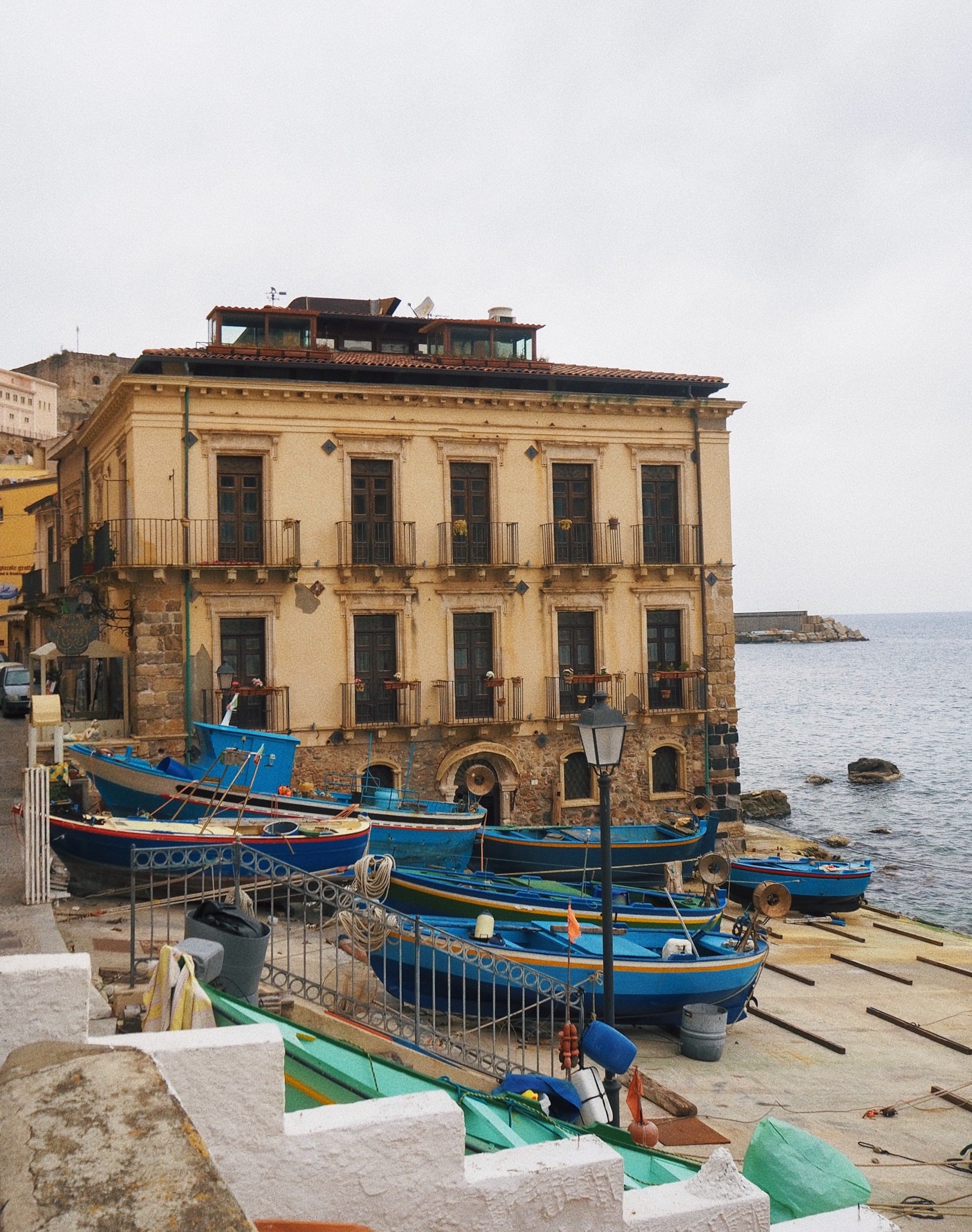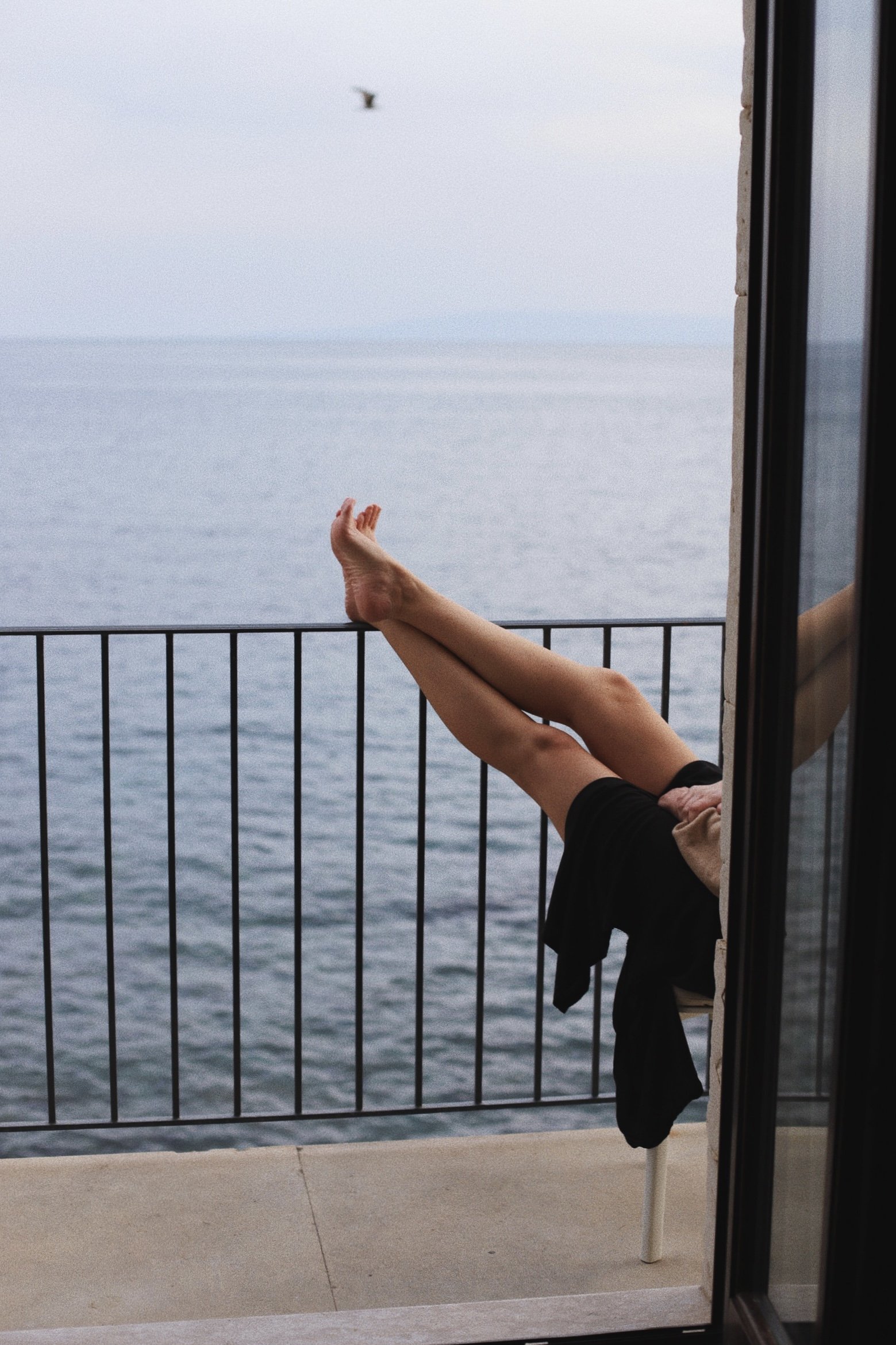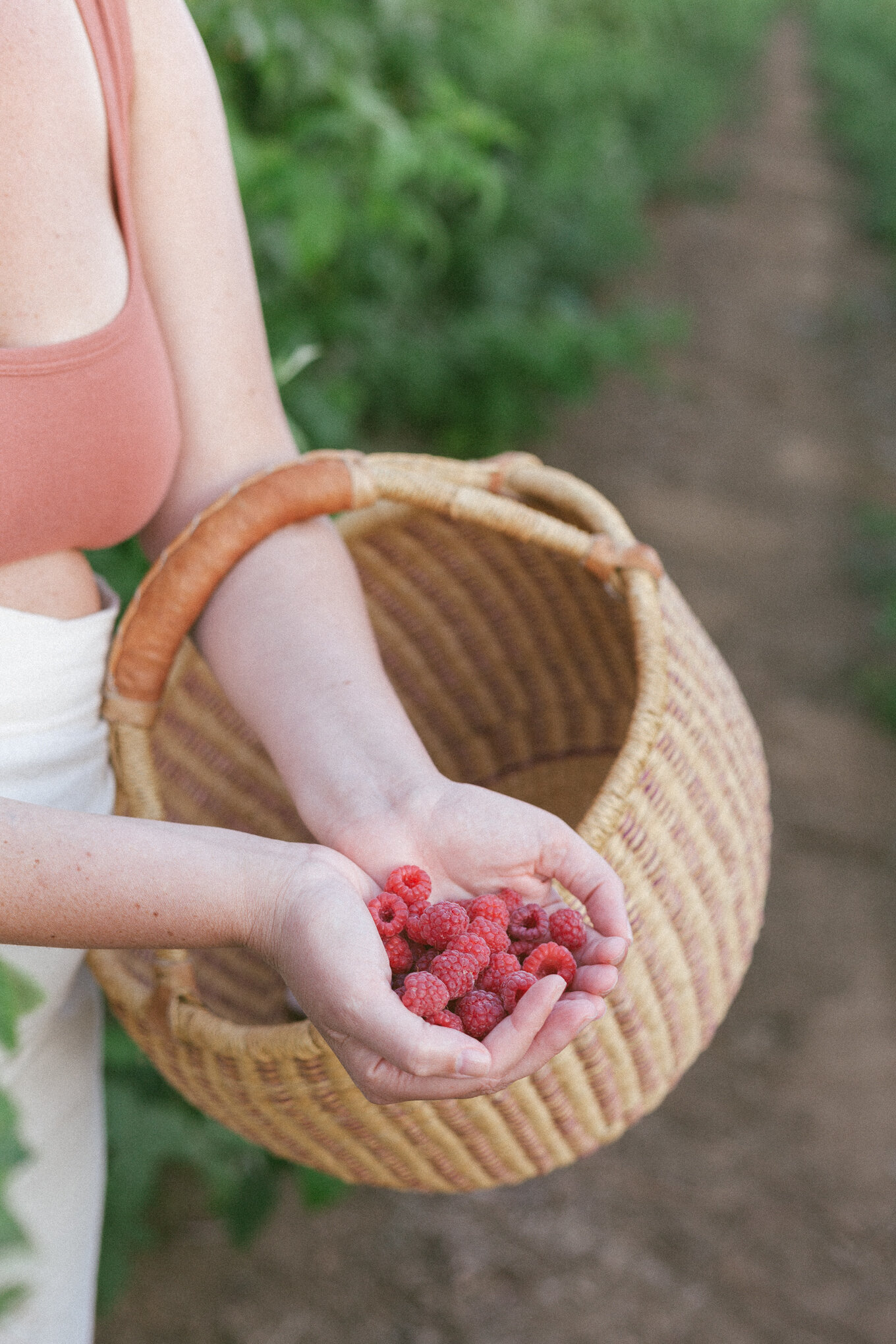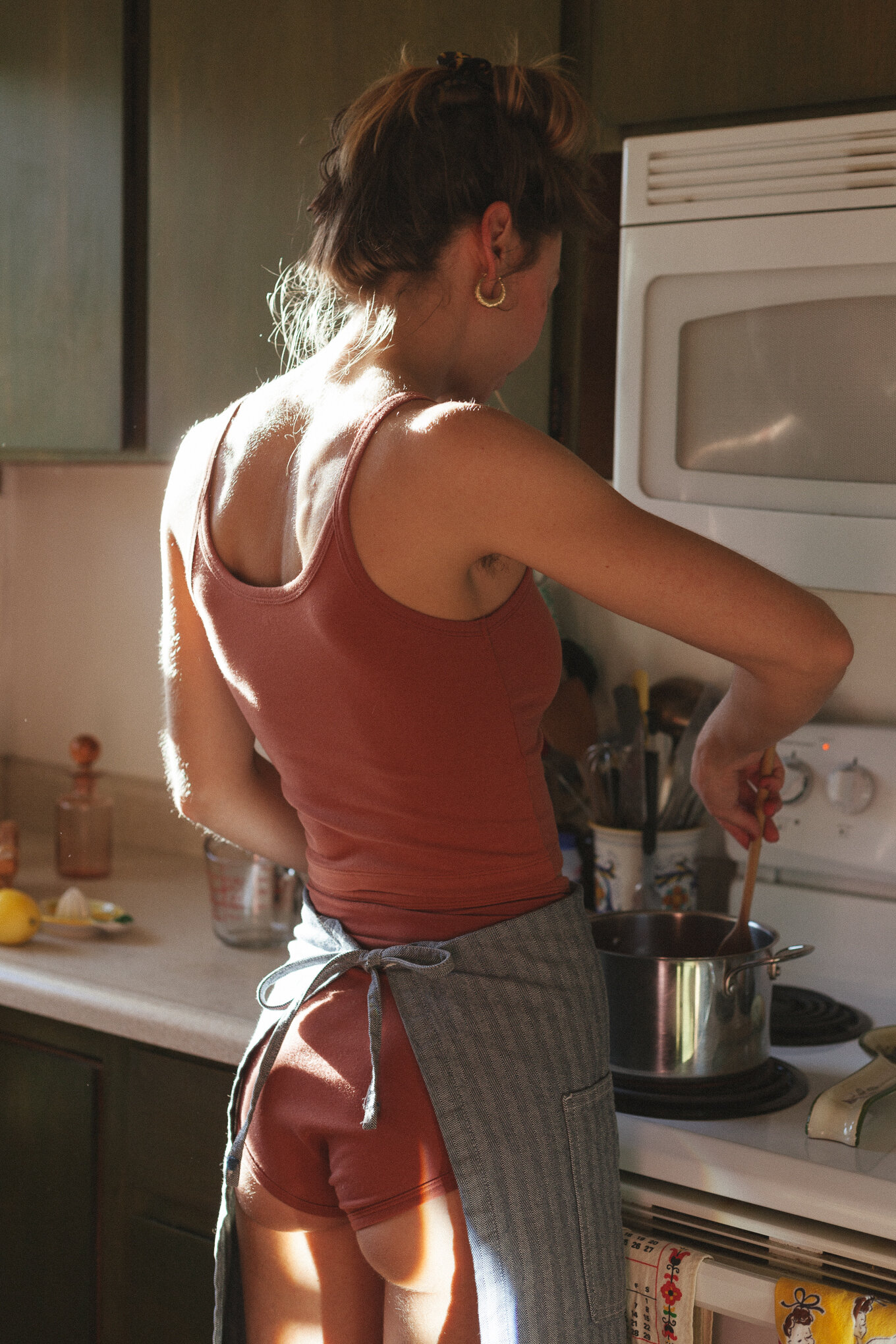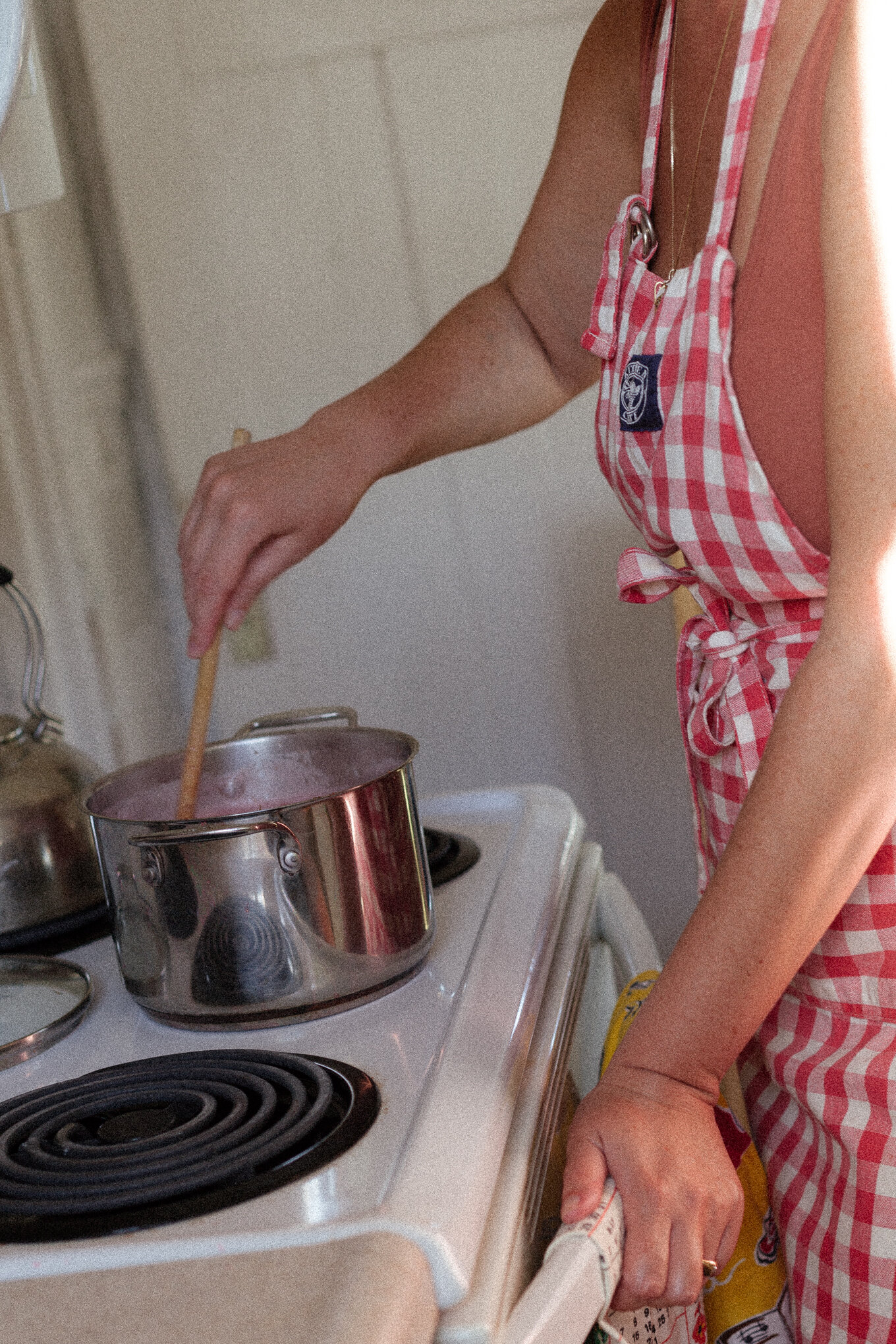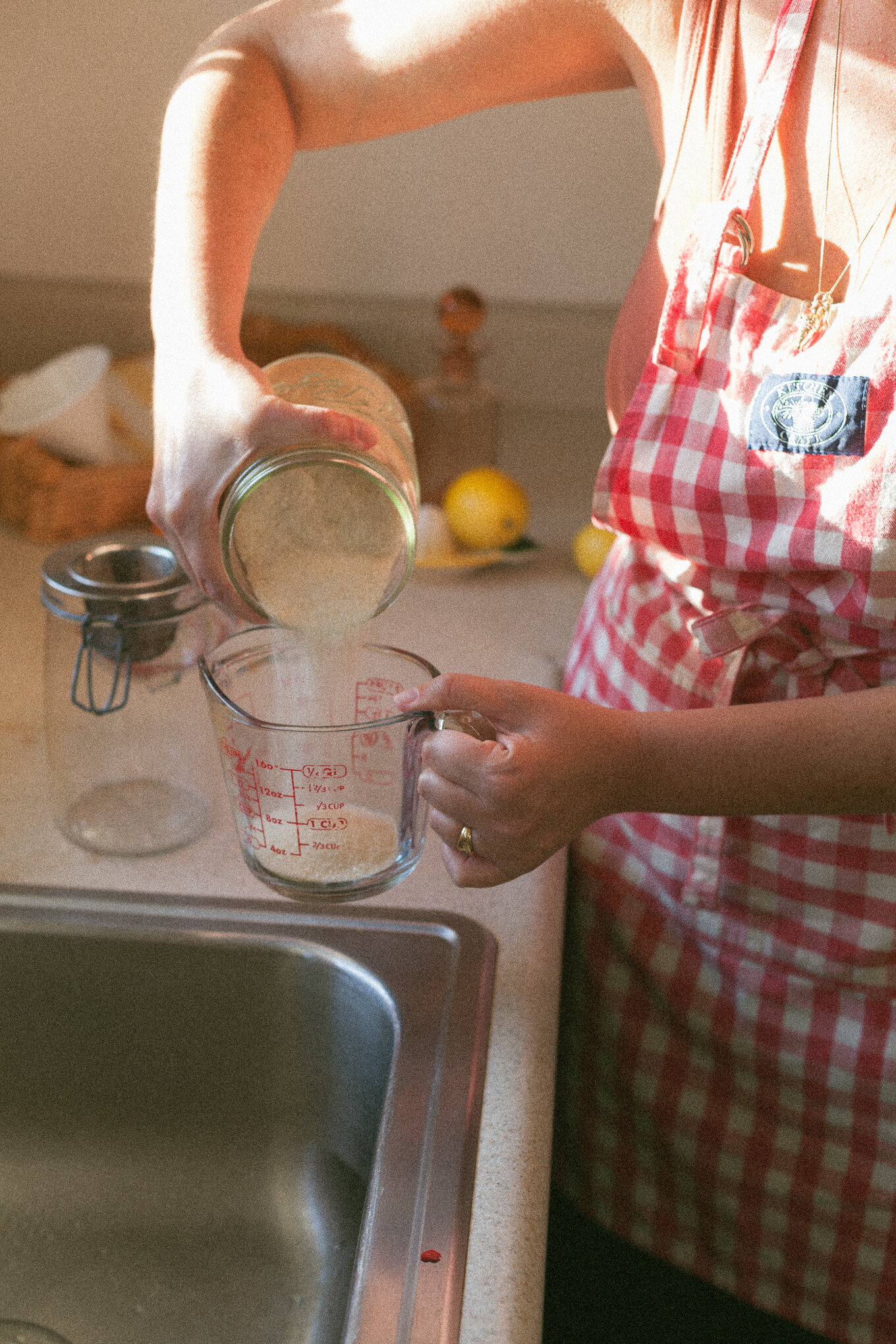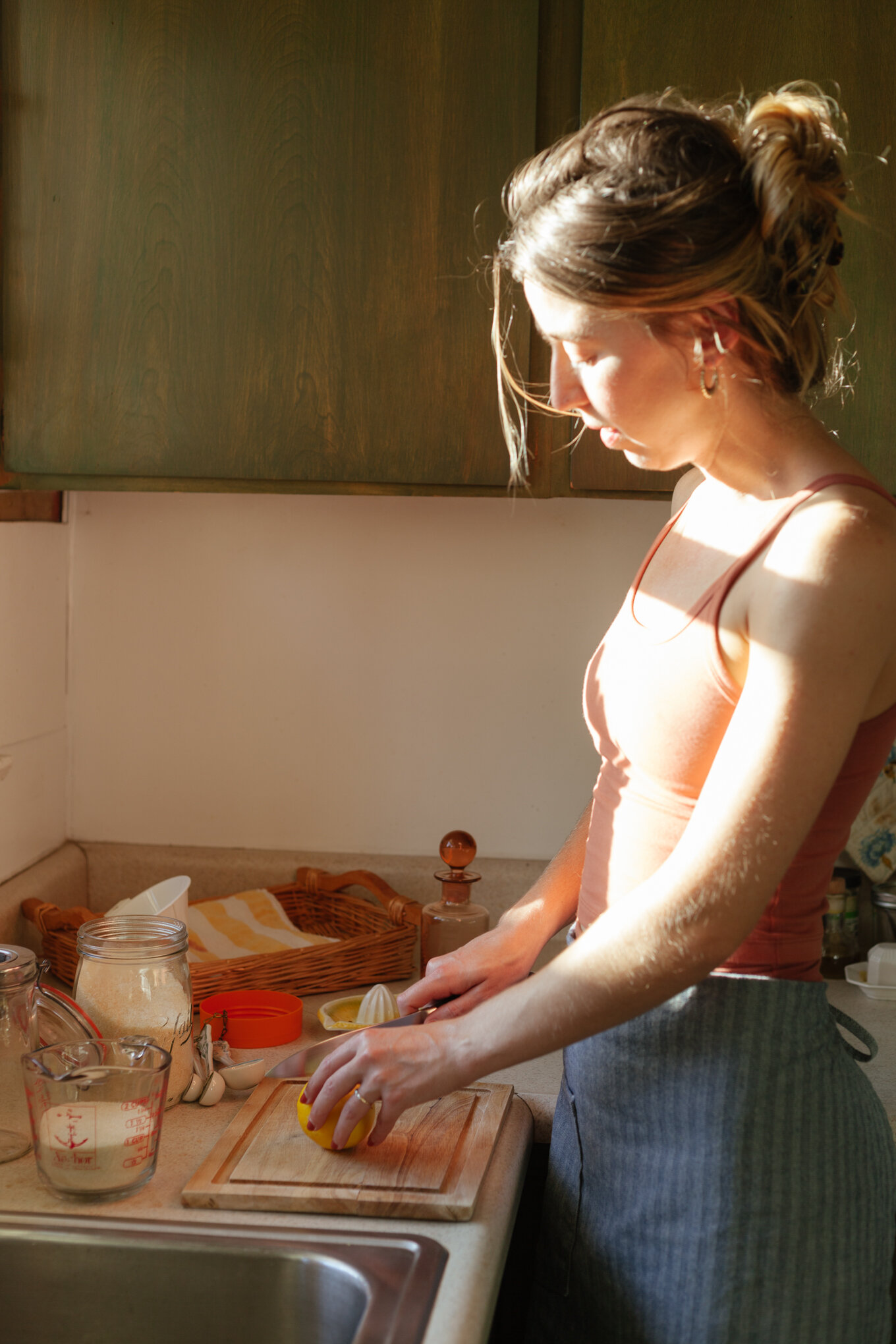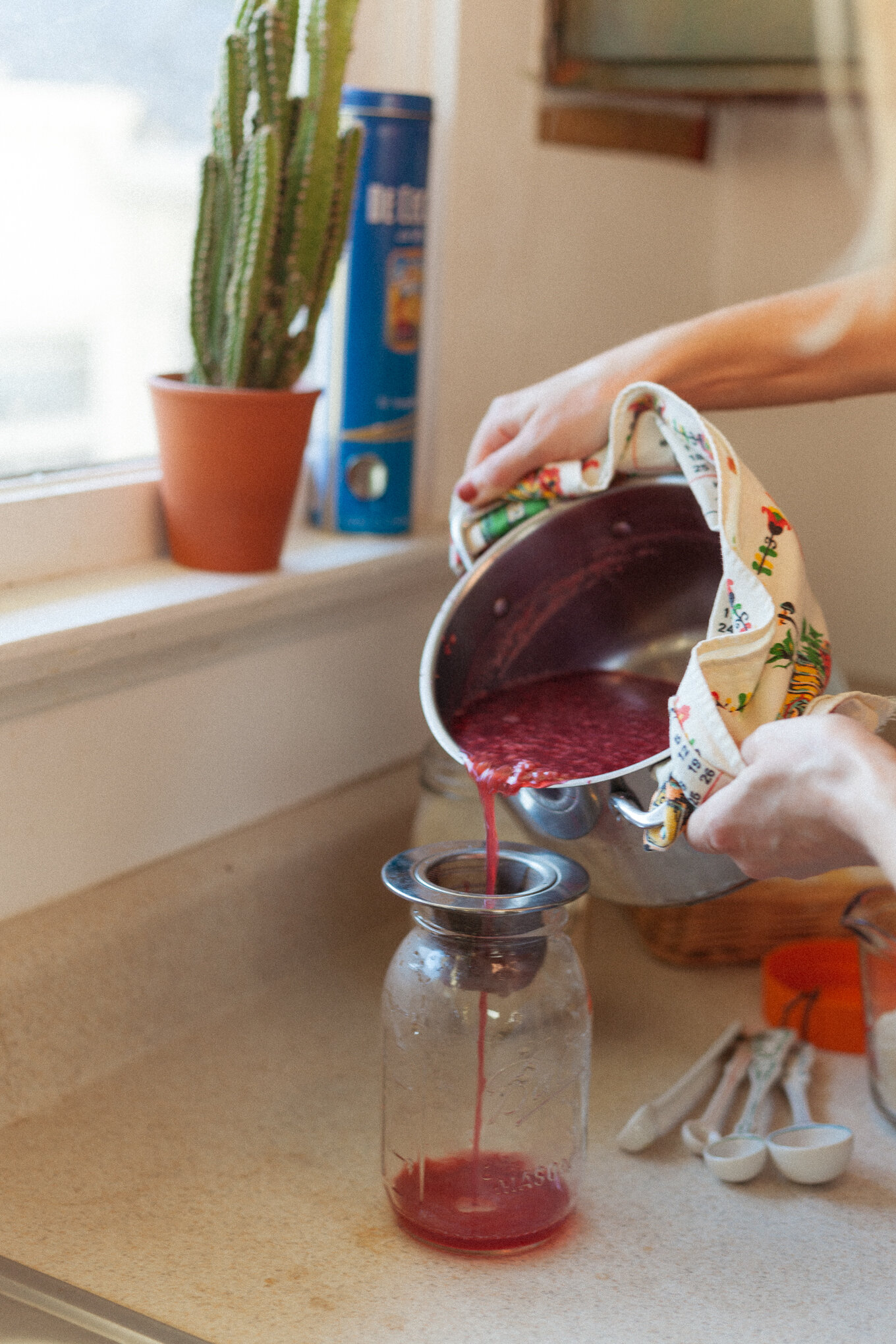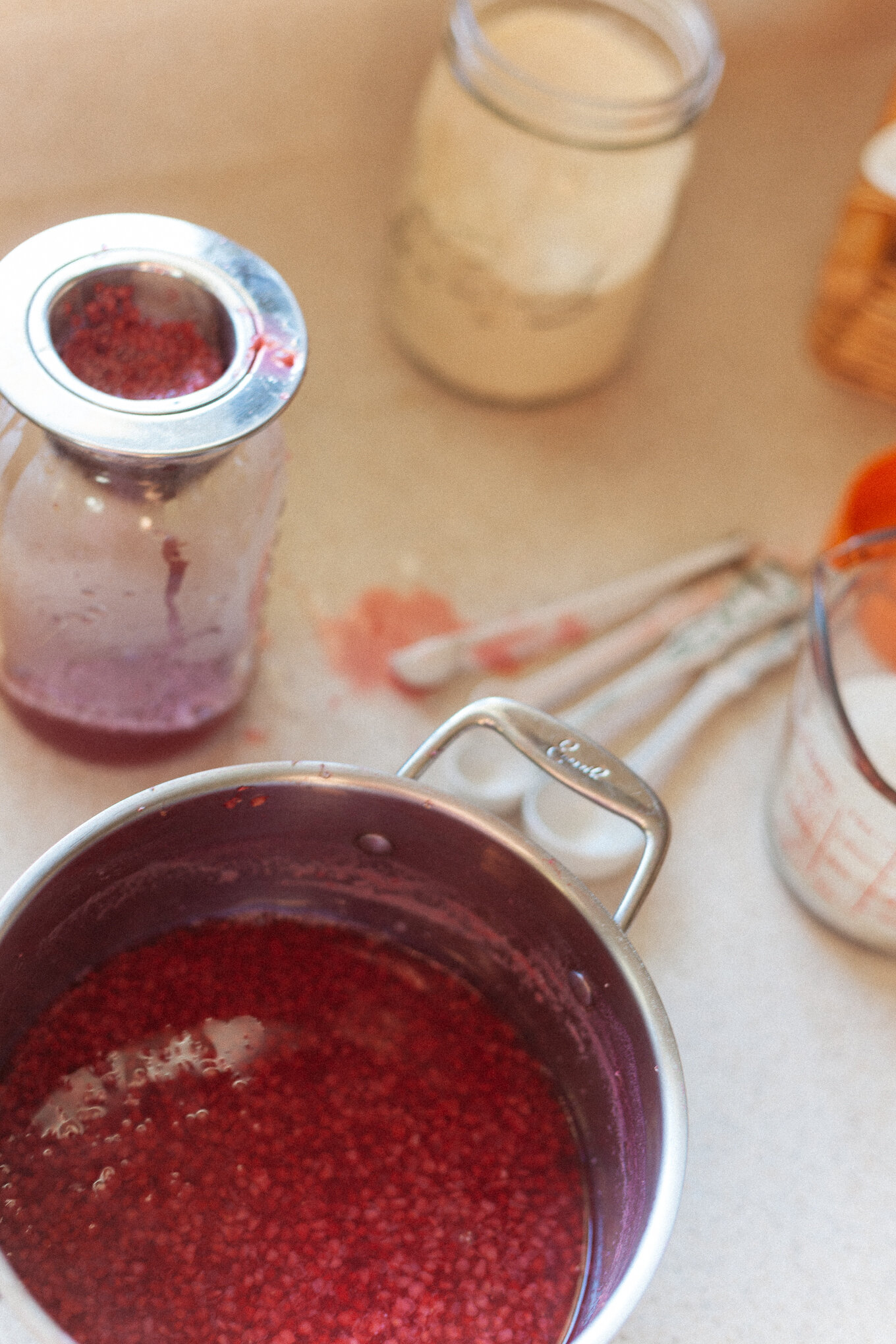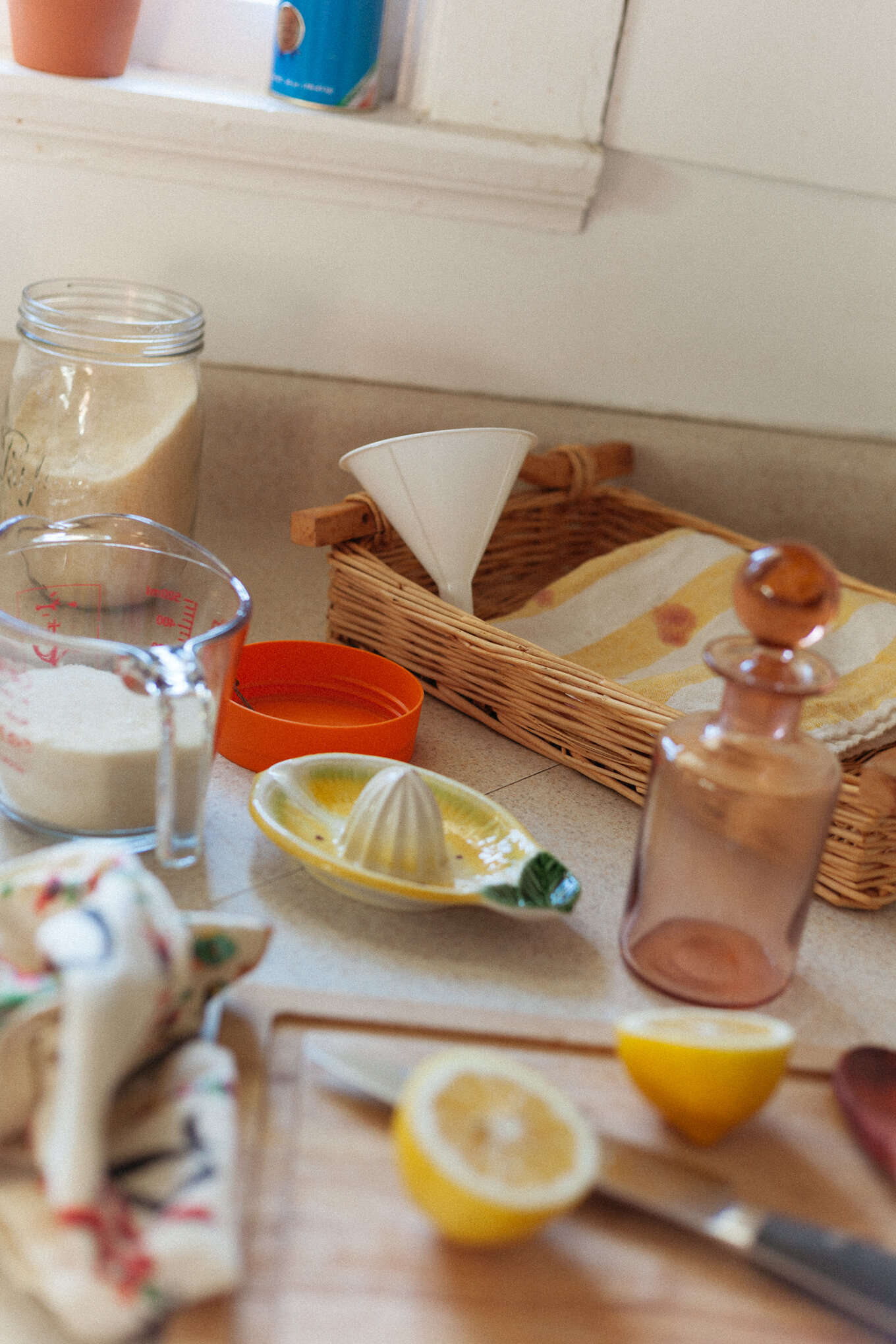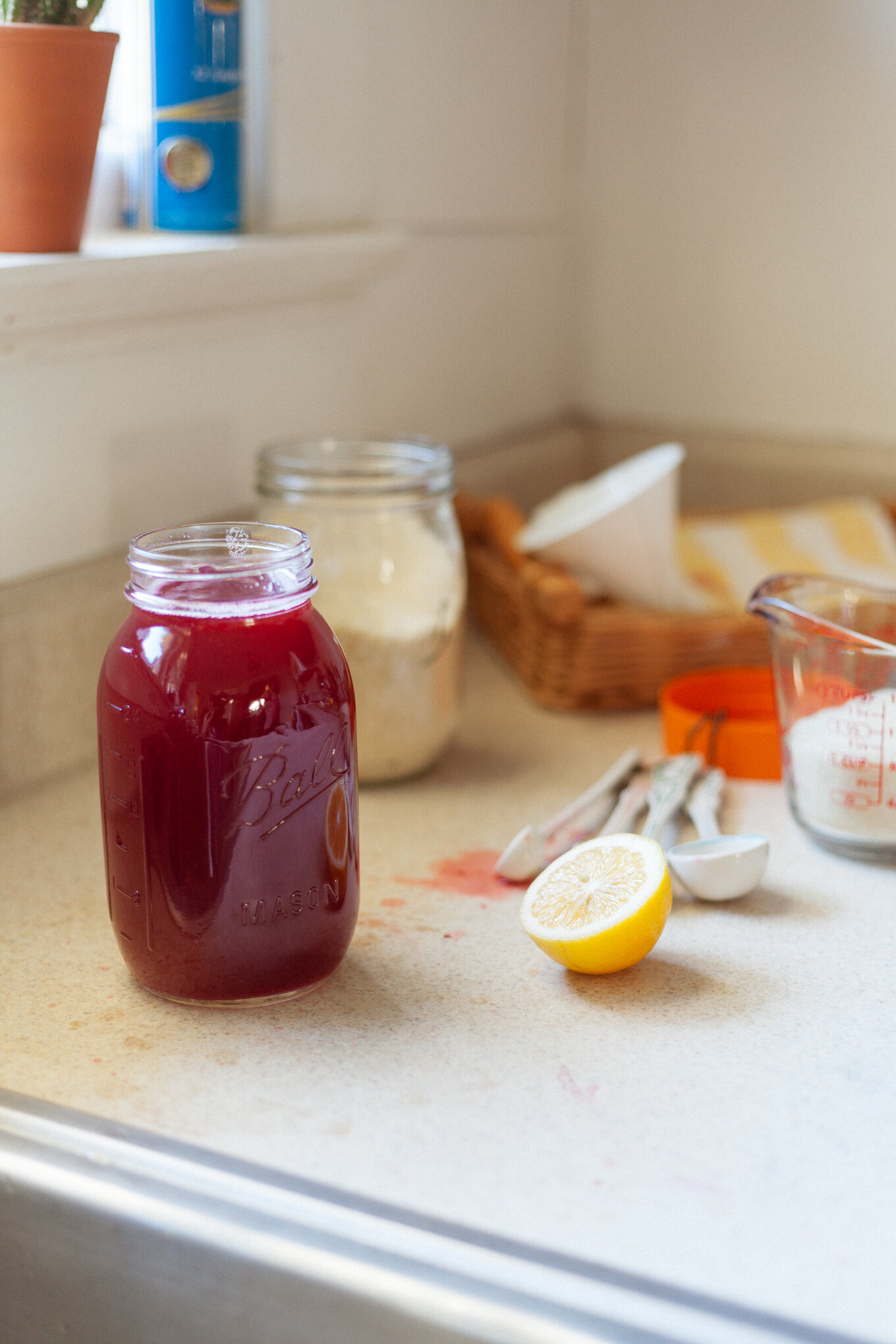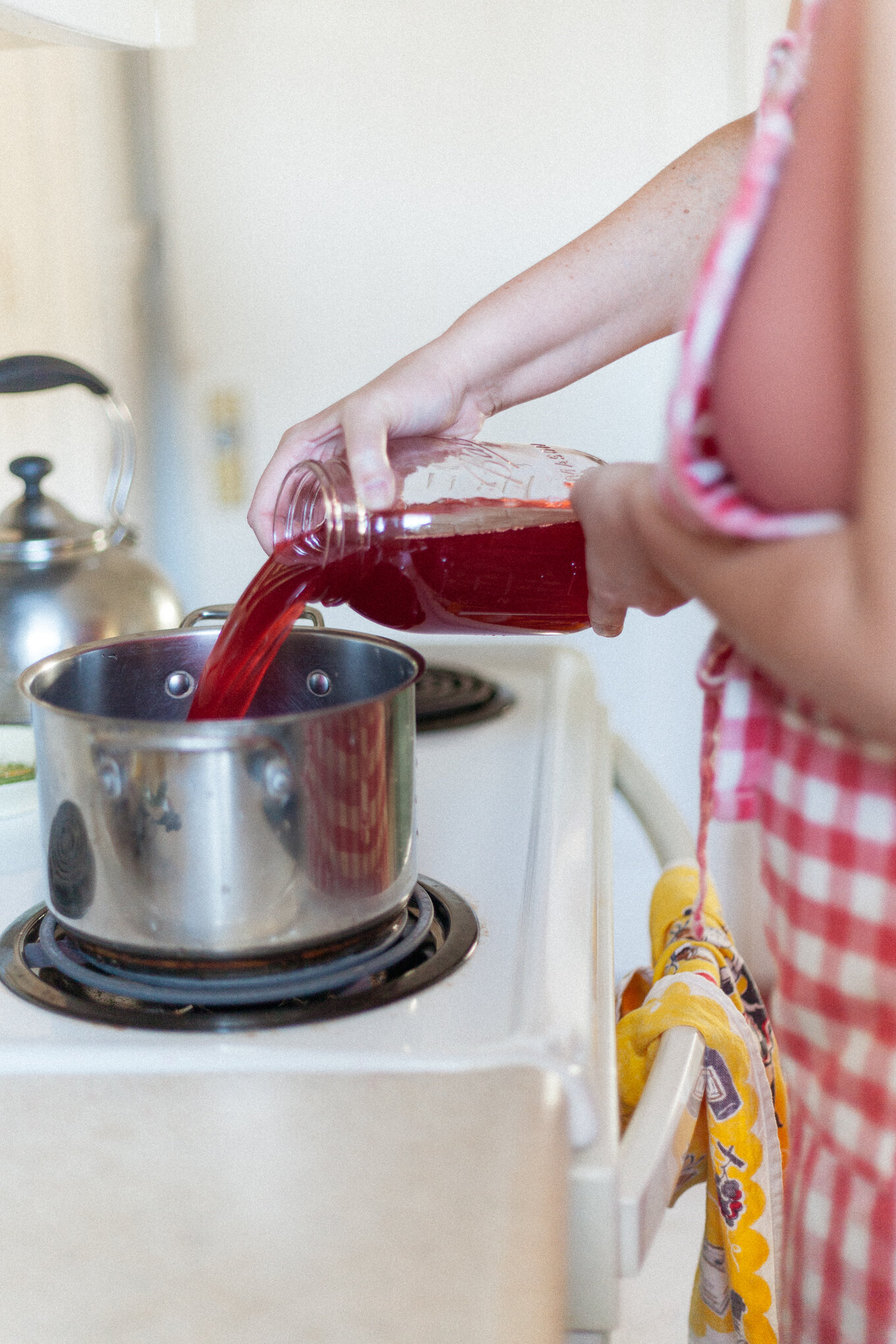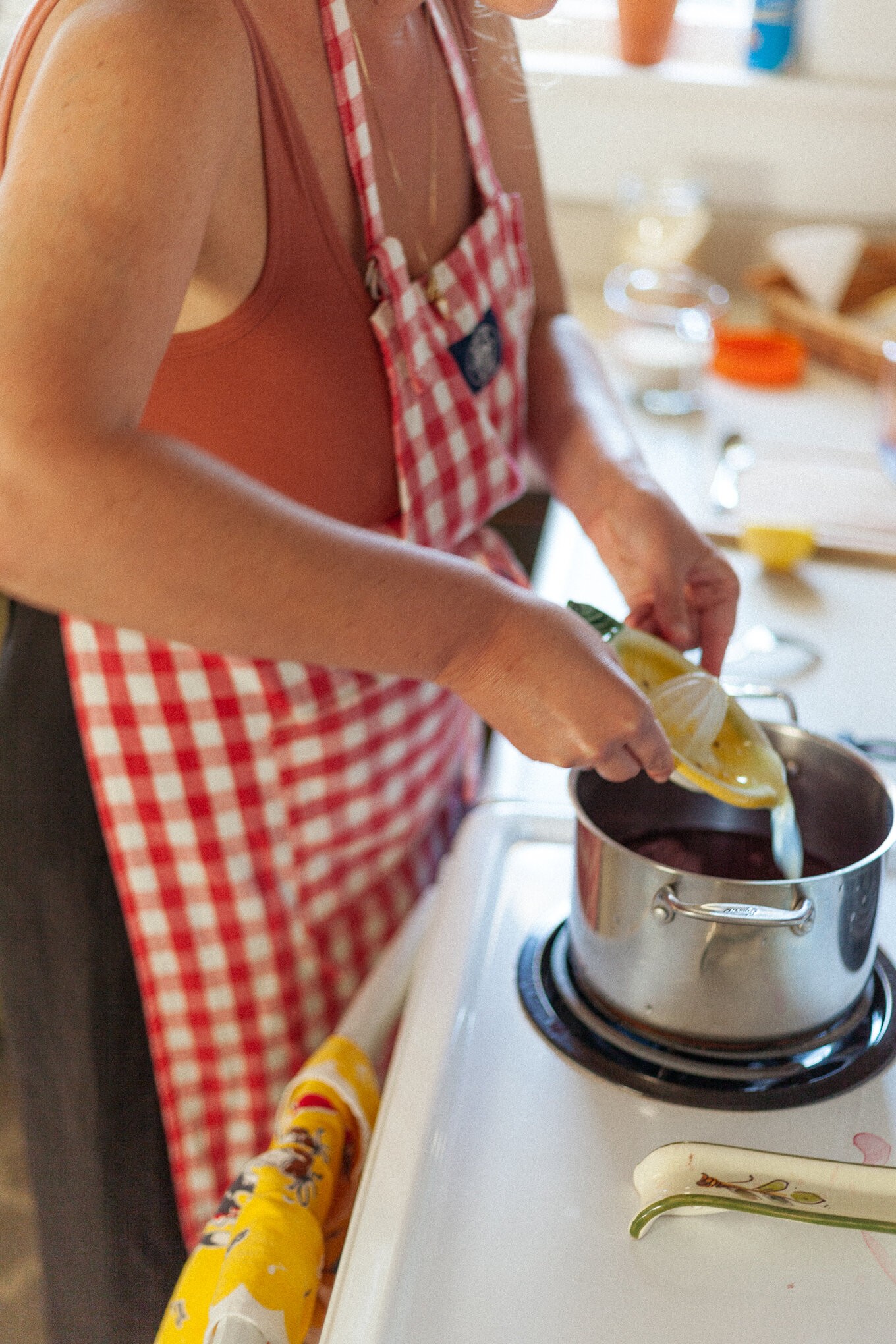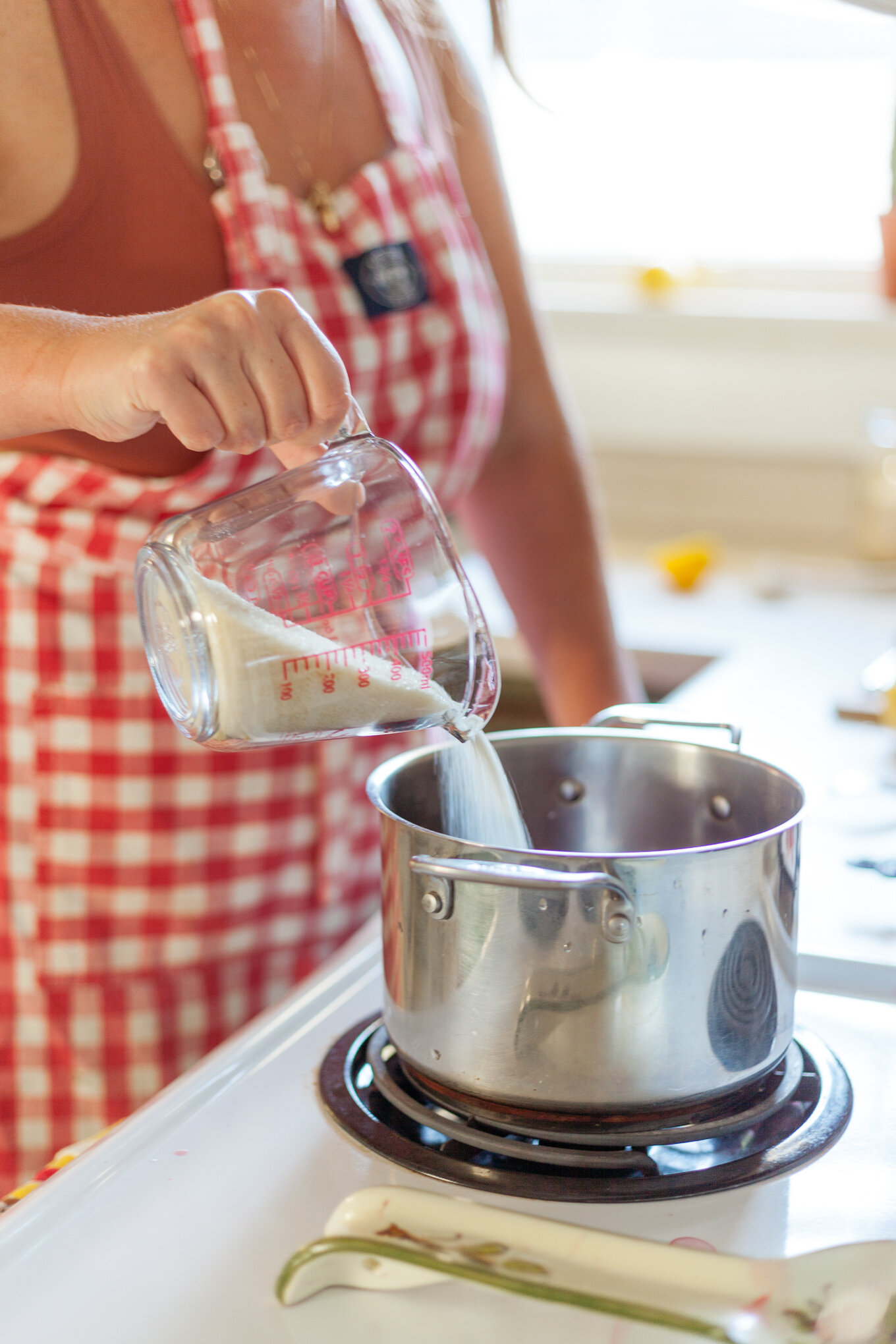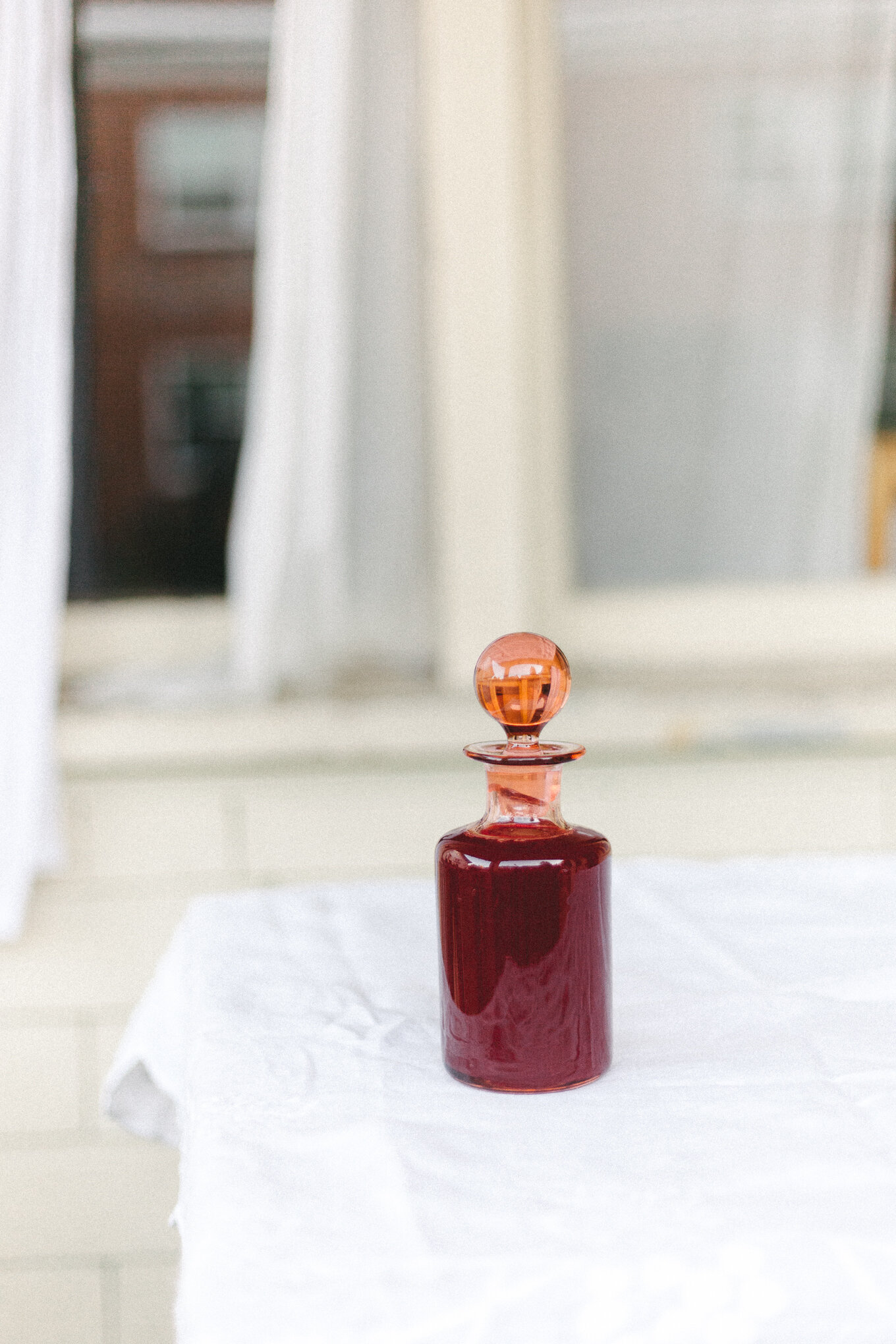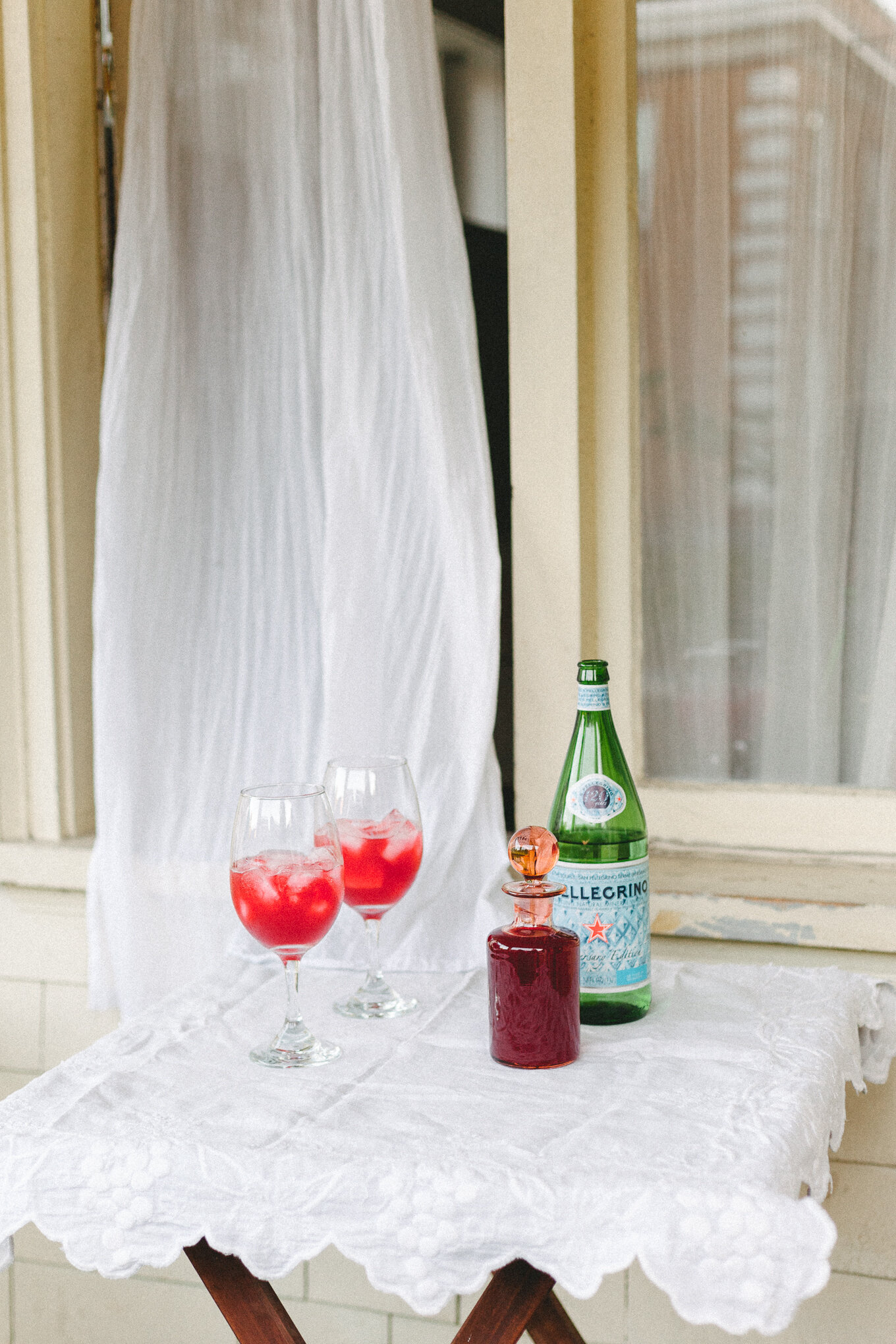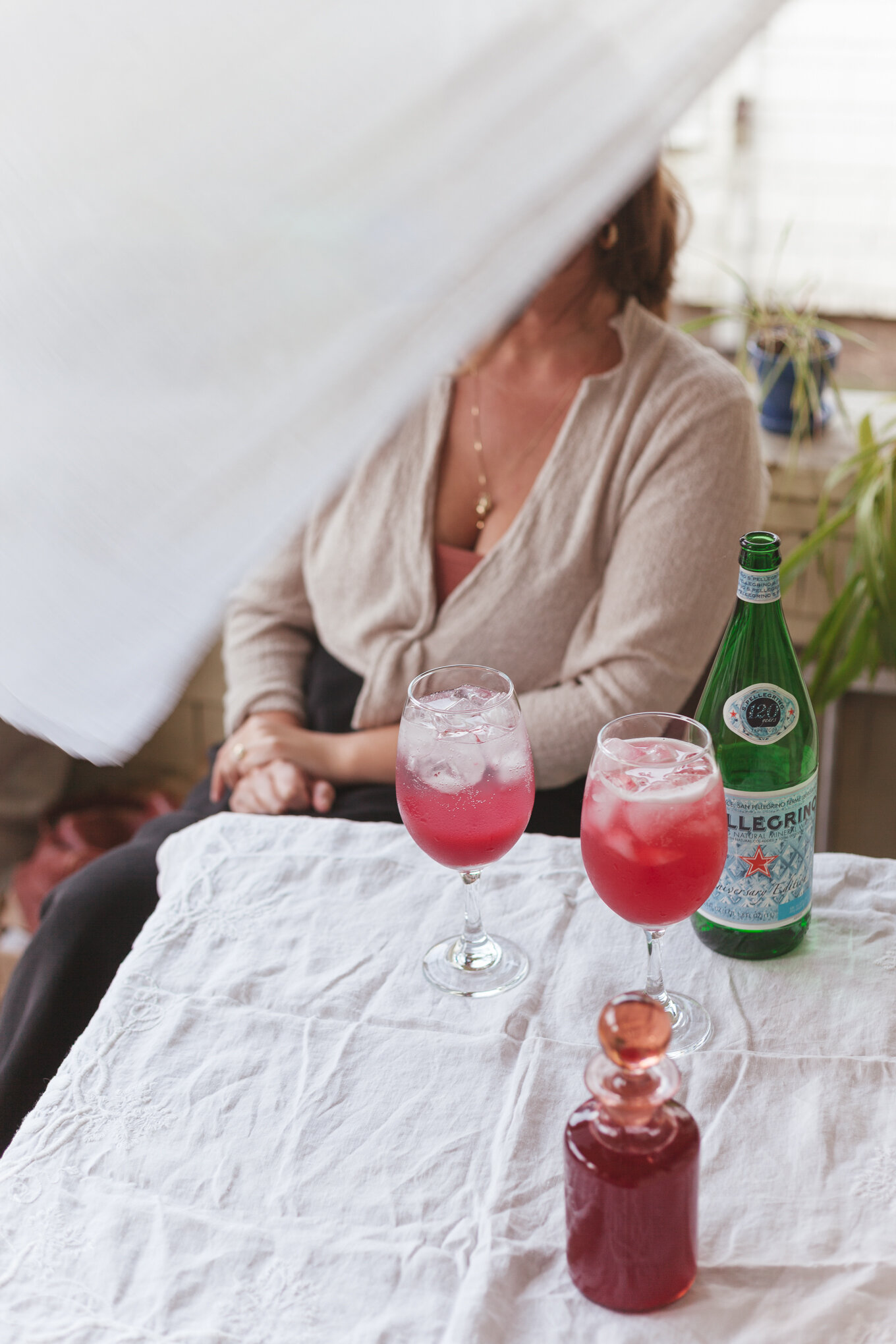I’m a total beach baby. I love the water, I love summer and I’m not bothered by the super hot Mediterranean sun. I dream about it all winter and by the time spring rolls around I’m ready to spend as many days as possible seaside.
But I know that’s not the case for everyone. I’m always really surprised on instagram when I get a message in response to sharing about the beach expressing wanting to love it, but feeling like it’s uncomfortable, especially on holiday.
I do get it: summer sun can be harsh, saltwater is sticky and if you brought a limited amount of clothes, it’s no fun feeling like everything is salty.
So, how can you enjoy beautiful beach spots while traveling without it feeling like a chore?
Here are my top tips for hitting the beach like a local:
1) Bring a comfy swimsuit
I am such a fan of comfortable swimwear made from lush, gorgeous materials. They make such a difference when you are wearing them a lot. I tend to go for styles that offer a lot of support with really good fabric. My favorites are by Cuup and Form & Fold.
2) Have one dedicated beach outfit
If I know I’m going to be going to the beach a lot, I always pack one thin, gauzy sundress that is my “beach dress”. It’s the dress I can put on after swimming and get all salty saving the rest of my trip clothes. I’ll generally rinse this out every couple of days and hang out to dry - the summer sun will dry things quickly and you will always have a beach outfit ready to go without worrying about washing the salt from all your other clothes and suitcase. I also always bring a pair of simple sandals, usually classic black flip flops I can slip on in the car, saving my other shoes. And I bring a pareo to layout on. Both are thin and pack down to nothing but make handling salt and sand so much easier. Having all of this in a beach bag ready to go makes pulling over at a dreamy off-the-beaten path swimming spot so much more enjoyable.
3) Prep yourself for beach success
Some things don’t belong at the sea: heavy leather purses and nice leather shoes that you’ll never rinse the salty grime off of or get all of the grains of sand out of.
I always pack a super foldable bag in my luggage that I know will be my dedicated ‘beach bag’. Once I get to where I’m going I toss in my bathing suit and my beach dress, my sandals, and pareo and I keep this in the car or I’m sure to bring it with me when we are heading out. I am not a fan of wearing my swimsuit all day, so usually once it’s time to go to the beach I will slip my beach dress on in the car (folding and keeping my other clothes there), and then ill slip on my bathing suit on the beach under my dress. If we are headed directly home after, I might leave my bathing suit on but if we are planning on going somewhere else, I’ll usually slip my bathing suit back off, and put my undies on. A lot of public beaches in Italy have showers. You can simply rinse most of the saltwater off, let your skin dry and then put your undies and clothes back on. I usually still wear my beach dress and a slick of lipstick and I’m ready to go.
4) Bring what you need to be comfortable
I have really sensitive skin and nearly all SPFs are irritating, so it’s essential for me to wear a hat. I always bring one in my bag. Hats also offer a major reprieve from strong summer sun. If your skin is sensitive to saltwater, bring a bottle of water with you that you can rinse your face with. Alternatively, you can bring a spray or even some gentle wipes. If you’re going to rinse your face and your skin gets dry, have a small tube of a neutral moisturizer with you to nourish your skin till you get home.
If you prefer shade at the beach, indulge in a beach umbrella once you get to where you are going. You can easily find one for €10. Use it on all your beach adventures and then just leave it at your Airbnb. Yeah, you may not take it home, but it’s a cheap price to pay for comfort, and someone else will always be able to use it.
5) Embrace & take care of your skin
Nothing feels as good as a shower after a day at the beach. Enjoy really washing all the salt off, slather on a really good moisturizer. If your hair is on the dryer side, bring a great, rich, conditioner.
Also, the hot summer sun and saltwater become a lot more tolerable when we are able to embrace our natural skin. Foundation, concealer, etc are really hard to wear at the beach. Add a slick of your favorite lipstick, maybe dab some on your cheeks and you will be good to go. You’re relaxing, vacation-type glow, and beautiful sun-kissed skin will take care of the rest – embrace it.



